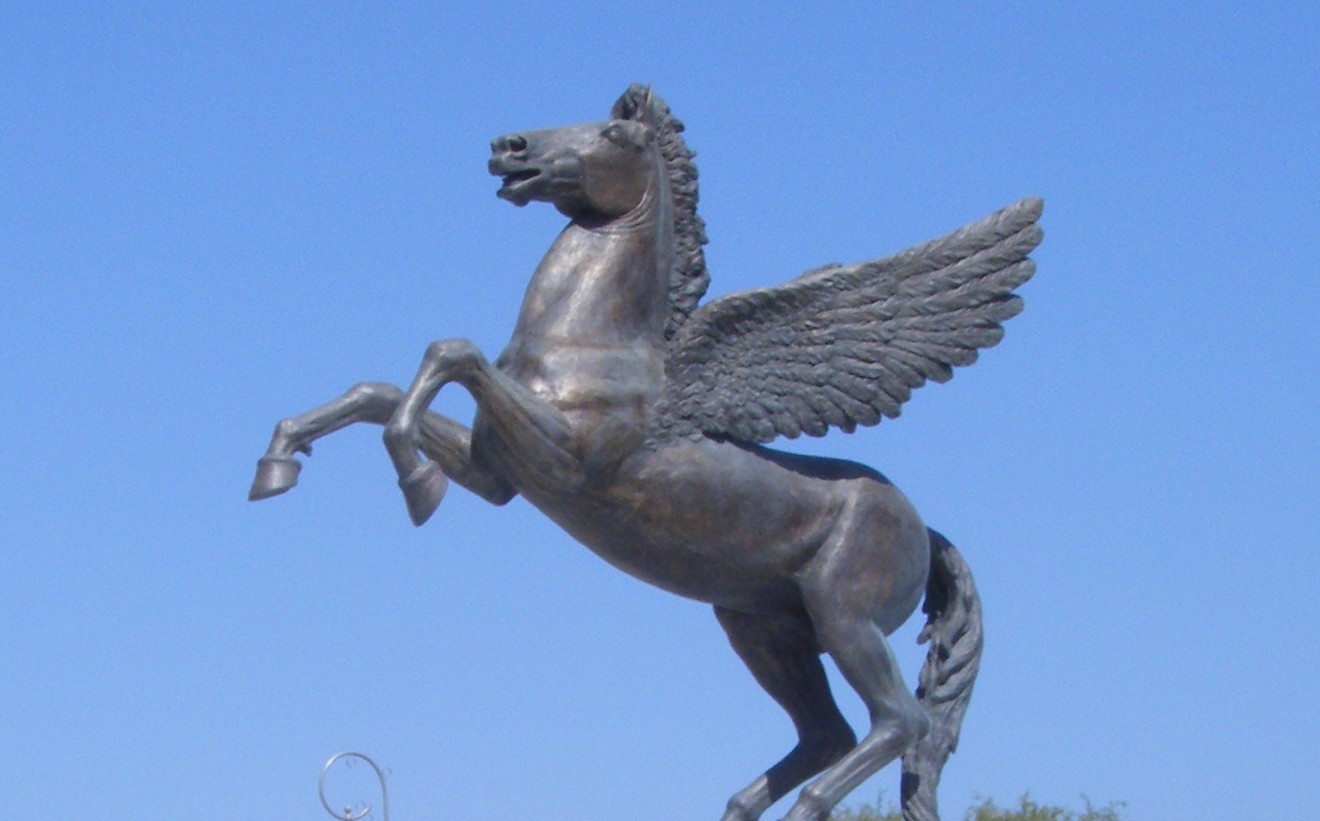Alexius Comnenus’ not so radical reforms

Alexius Comenus, whom I mentioned in previous blog posts, was not only interested in external danger. He also managed to reform a large part of the Byzantine society, despite the widespread opposition.
Alexius initially was mainly interested in promoting his own family; therefore, he created a new hierarchy of court titles for its members. This action turned the imperial family into a new order imposed at the top of the Byzantine society.
The titles distributed to his family were, of course, accompanied by material support. They received the administration of different parts of the empire and drew the revenues that would otherwise have gone to the state. These were temporary imperial grants and were called pronoia. These grants marked a break with one of the oldest Byzantine principles, namely that the public lands should be directly administered through the imperial administration.
Army
With regard to the military organization of the empire, Alexius managed to make a reasonably effective army. There were some Guards regiments, there were troops recruited in the Balkans, there were native regiments raised in Macedonia and Thessaly, there were also various foreign mercenaries.
However, after Alexius lost most of his army in 1081, he made as much use as he was able of foreign mercenaries. The Turks, for example, provided him with reservoir troops and the Flemings with 500 knights. Often, though, he rounded up peasants from the Balkans.
After 1081, the emperor would be positioned in the centre of the army surrounded by his personal bodyguard and various friends. By 1091, Alexius’s army looked more like a feudal army with a strong mixture of mercenaries gathered from all the known world.
Taxes
The system of taxation was also reformed during Alexius’s reign. Taxes until then were oppressive, while the system was completely chaotic. Outside Greece it must have been impossible to keep the tax registers up to date, but the problem went far deeper than this.
The existing tax assessments were calculated according to the old full-value coinage, but now with the continuous debasement of the coinage a vast number of different issues of widely varying fineness were in circulation. In what coins was tax to be paid? How were the devalued coins to be related to the old full-value coins? There were plenty opportunities for tax evasion or for the tax collectors to take advantage of the situation.
In 1091 Alexius had the opportunity reformed both the monetary and taxation system. In 1092 he minted a full-value gold coin, the nomisma. He did not have the resources to restore the old currency. But he created a new monetary system based on the a) gold nomisma, b) the hyperpyron, a coin of silver-gold alloy and c) a billon coin of base alloy. However, the old debased coins continued to circulate in profusion. The new coinage created a monetary stability gradually, until in 1109 there was a satisfactory basis for the collection of taxes. The basic taxation was to be collected in a combination of new nomismata and the electrum coinage. Any fractions of the nomisma were paid in a copper currency. It has been calculated that as a result the basic tax was almost quadrupled.
Alexius also exploited fiscal uncertainties in order to confiscate large tracts of land. The basic taxes remained the same: peasants without holdings paid a hearth tax; those with holdings paid a combined hearth- and land-tax, which varied with the size of property and the number of plough teams.
There is no point in talking about a Comnenian ‘revolution in government’. By and large, Alexius remained true to the system of government he inherited. He patched it up and made it work; in particular, he made it work for himself and his family. He tried to root the aristocracy in the foundations of the state and thus transform it. But this aristocracy coincided with the family of the Comnenoi. The civil service elite was demoted to a position of second rank.

Dear Constantina
I discovered you web site today and am quite excited.
I enjoyed your articles on Alexius Comnenus very much. I read the Alexiad of Anna Comnenus many years ago, probably in my early twenties, and was intrigued by him (at least as he was portrayed by his daughter). Anna describes an event that perhaps illustrates his considerable diplomatic qualities. I have a mental image of this event which was of him dealing with the ‘crude’ crusader leaders that visited him, when one of them deigned to sit on his throne. This caused outrage amongst his advisors but Alexius apparently signalled to them to calm down and let him deal with and ‘diffuse’ the situation. This must have been when he was trying to persuade them to take part in his military campaigns in Asia Minor.
Anyway, my reason from commenting is that I cannot understand how the peasant subjects of any medieval empire attached value to any form of legal tender. In a world where communications were extremely limited, and where people rarely ventured beyond the immediate environs of their village I would like to understand more how currency meant anything to them. I usually need try to understand the mind of the ordinary person in order to begin to understand any issue. This approach resonates with comments you made during your interview on BBC radio Leicester where you describe the need to understand ‘psychology’ in order to interpret how people react under different economic conditions. Perhaps this is what you mean about about translating history from the academic world to a form that can be easily consumed and enjoyed by the public.
Perhaps, you can offer an explanation or perhaps point me in the right direction to find one? I’m an amateur historian (my day job is a research scientist in toxicology) that would benefit from learning more history from a less academic perspective. I hope you find the time to respond and I look forward to hearing from you